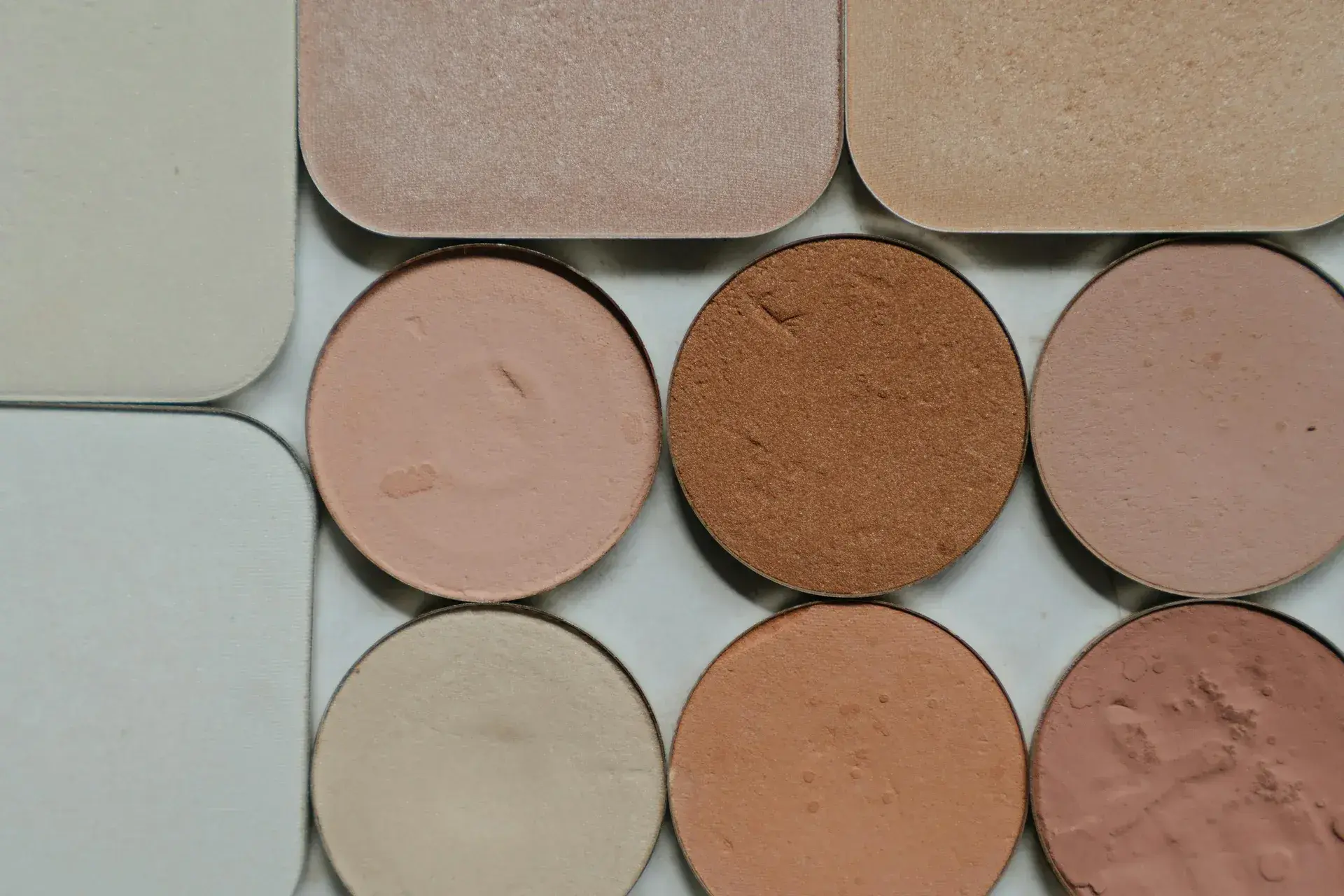Nail file and buffer Tools used to shape, smooth, and polish nails for a professional finish
A well-manicured set of nails can enhance your overall appearance and boost your confidence. Nail files and buffers are essential tools for shaping, smoothing, and polishing your nails to achieve a professional finish at home. In this article, we will discuss the different types of nail files and buffers, their uses, and tips for choosing and using these indispensable tools for a flawless manicure.
Types of nail files and buffers
Nail files and buffers come in various types, materials, and grit levels, each designed for specific purposes:
- a. Emery boards: The most common type of nail file, made from a thin layer of abrasive material on a cardboard base. These are inexpensive and disposable, ideal for one-time use.
- b. Metal files: Made from stainless steel, these durable files are easy to clean and sanitize, making them a popular choice for professional nail technicians.
- c. Glass files: Also known as crystal files, these are made from hardened glass and are suitable for shaping and refining the nail edge. Glass files are gentle, long-lasting, and easily cleaned.
- d. Buffers: These come in various shapes and materials, such as foam or padded blocks, and are used to smooth and polish the nail surface. Some buffers have multiple sides with different grit levels for versatile use.
Choosing the right nail file and buffer
When selecting a nail file and buffer, consider the following factors:
- a. Nail type: Choose a file and buffer suitable for your nail type. For natural nails, opt for a file with a grit level between 180 and 240, which is gentle enough to prevent damage. For artificial nails, a higher grit level may be necessary.
- b. Purpose: Select a file and buffer based on your specific needs, such as shaping, refining, or polishing the nail surface.
- c. Durability: Consider the longevity of the tool, as reusable files and buffers should be made from durable materials and be easy to clean.
Using nail files and buffers
Follow these tips for using nail files and buffers effectively:
- a. Shape your nails: Use a nail file to shape your nails to your desired length and shape, such as square, round, or almond. File in one direction to prevent damage and splitting.
- b. Smooth the edges: After shaping, use a finer grit file or a buffer to smooth the nail edge and remove any roughness or snags.
- c. Polish the surface: Use a buffer to gently polish the nail surface, removing ridges and imperfections. Start with the coarsest side of the buffer and work your way to the finest side for a smooth, glossy finish.
- d. Clean your tools: After each use, clean your nail files and buffers with soap and water or rubbing alcohol to remove nail debris and maintain their performance.
Proper nail care and maintenance
In addition to using nail files and buffers, practice good nail care habits to maintain healthy, beautiful nails:
- a. Keep your nails clean and dry: Regularly clean your nails and cuticles, and avoid prolonged exposure to water, which can weaken nails.
- b. Moisturize your nails and cuticles: Apply a nourishing cuticle oil or hand cream daily to keep your nails and cuticles hydrated and healthy.
- c. Avoid using nails as tools: Prevent damage and breakage by not using your nails to open cans, peel stickers, or perform other tasks that could cause stress on the nail.










